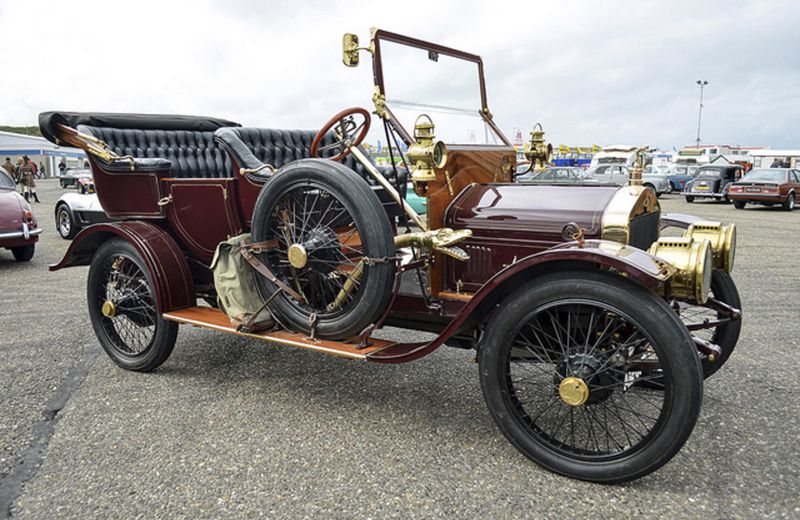Collector Classics: Steam wagon maker turned to automobiles
Straker originally manufactured steam wagons and buses, but turned to automobiles in 1906
Brazil, Straker & Co. was a highly respected British vehicle manufacturer formed in 1893 by Irish engineer J.P. Brazil and London motor agent Sidney Straker.
L.R.L. Squire joined the company in 1904 and by 1906, they had built 200 steam wagons and moved on to build gasoline-engine buses for the London Bus Company.
Their first car was built under a licensing agreement from the French-based Cornilleau St. Beuve in 1906, but by 1907, they were building cars of their own design in addition to 70 per cent of the London buses in a new factory, having moved from St. Philips Marsh in Bristol to the nearby suburb in Fishponds.
The company’s breakthrough year was 1910, with the introduction of a 15-horsepower model powered by a four-cylinder, side-valve engine, with 2,853-cc capacity. This engine was designed by A.H.R Fedden, a recruit from the Bristol Motor Company.
By 1917, Fedden had become Sir Roy Fedden and risen to the rank of chief designer. During the First World War, he convinced the company to take on aircraft engine repairs and manufacturing.
During the war, the Straker Squire Car division built staff cars and truck for the war effort, including exports to Imperial Russia.
A prototype was raced with great success at the Brooklands circuit by Straker’s nephew H. ‘Bertie’ Kensington-Moir in 1920. Prior to going to work for Aston Martin, Kensington-Moir broke a number of records using this car, eventually lapping at a top speed of 167 km/h.
The company ceased trading in 1926, not long after Sidney Straker was killed in a hunting accident.
There seems to be a bit of confusion as to the correct terminology to describe the pictured vehicle. In B.C., we use the terms antique or vintage. In England, they break it down like this: a car that is built before 1905 is a veteran car; cars built after 1904 and before 1919 are called Edwardian cars; and those built after 1919 until the early ’30s are referred to as vintage.


